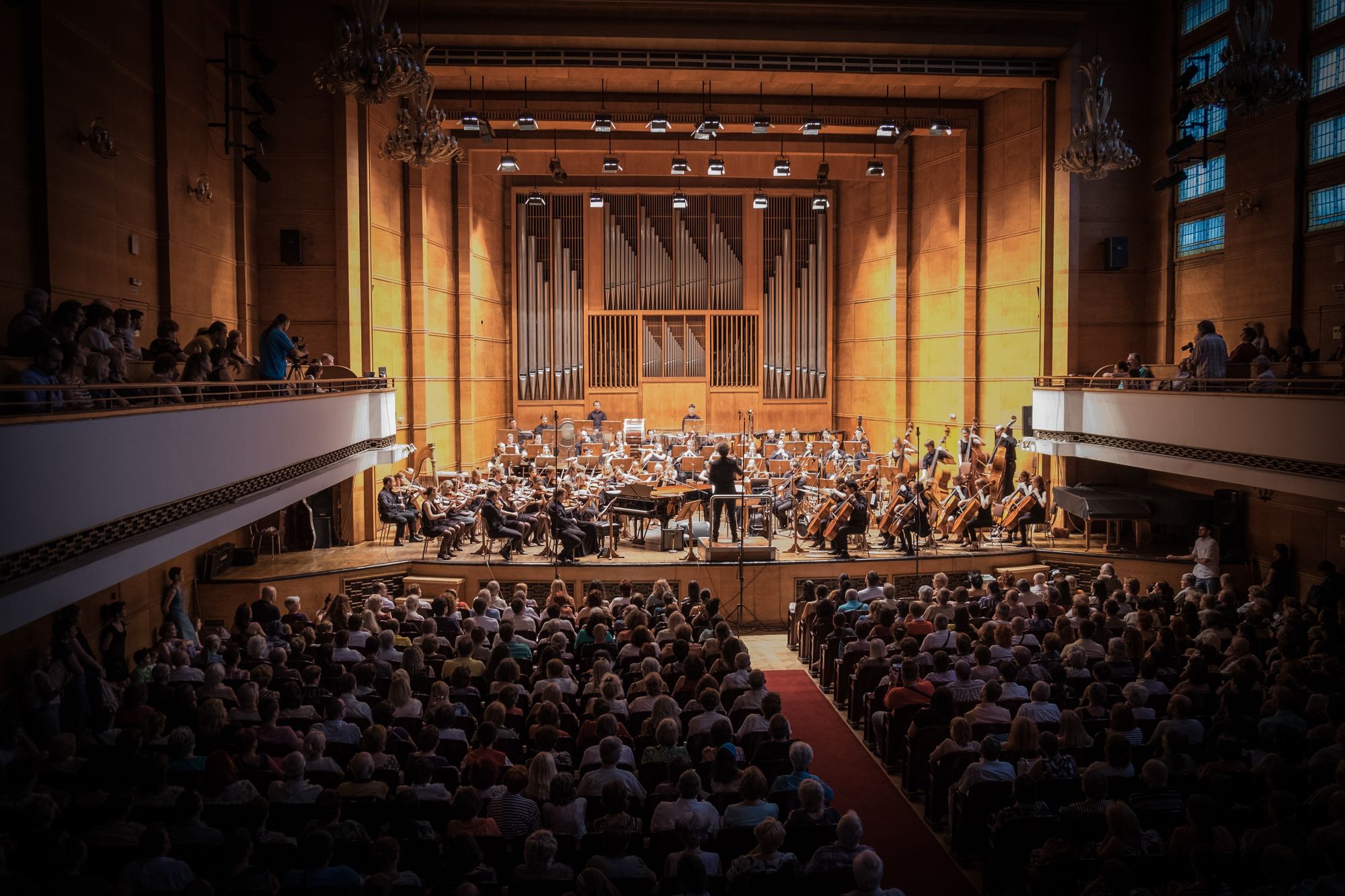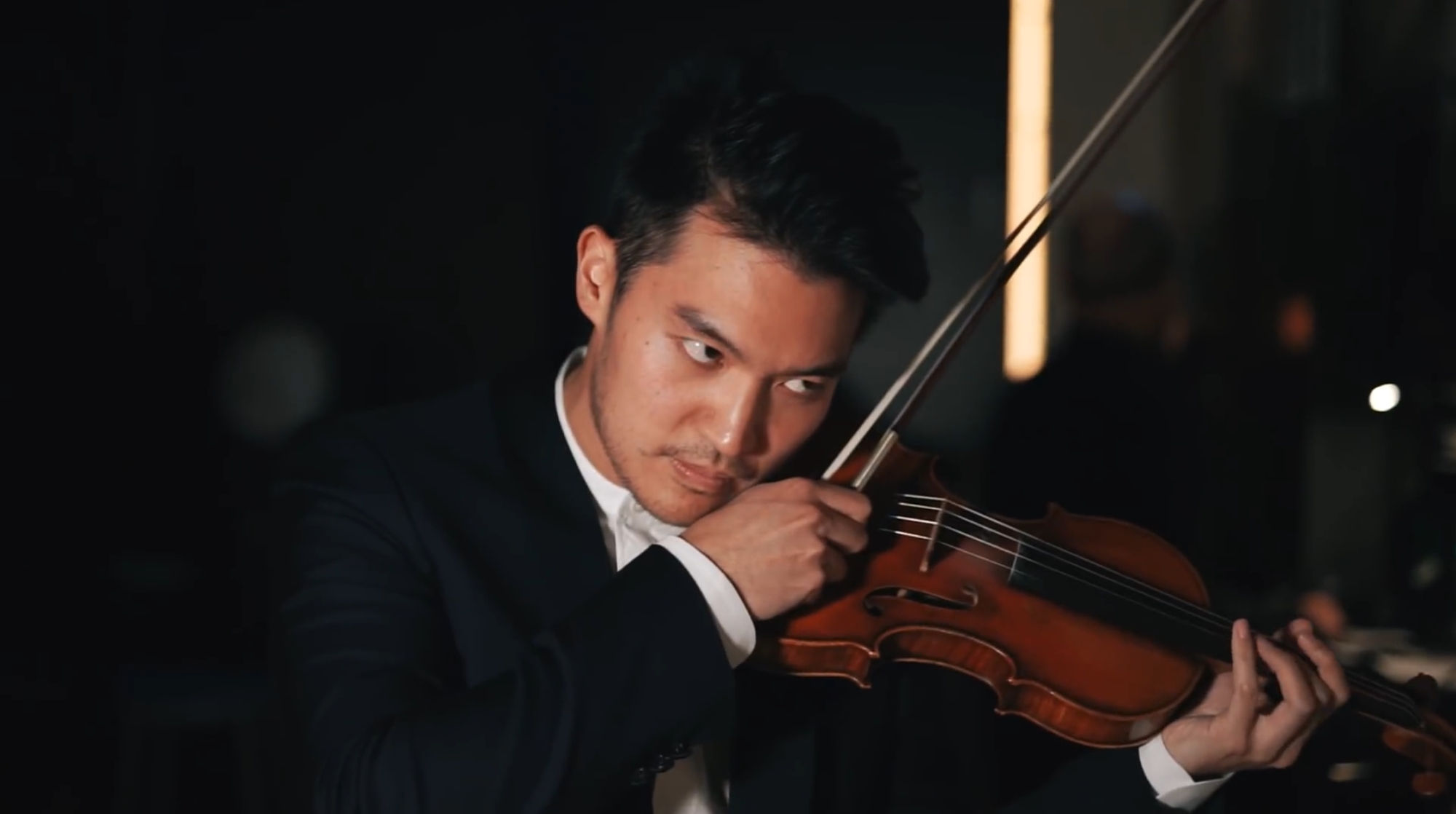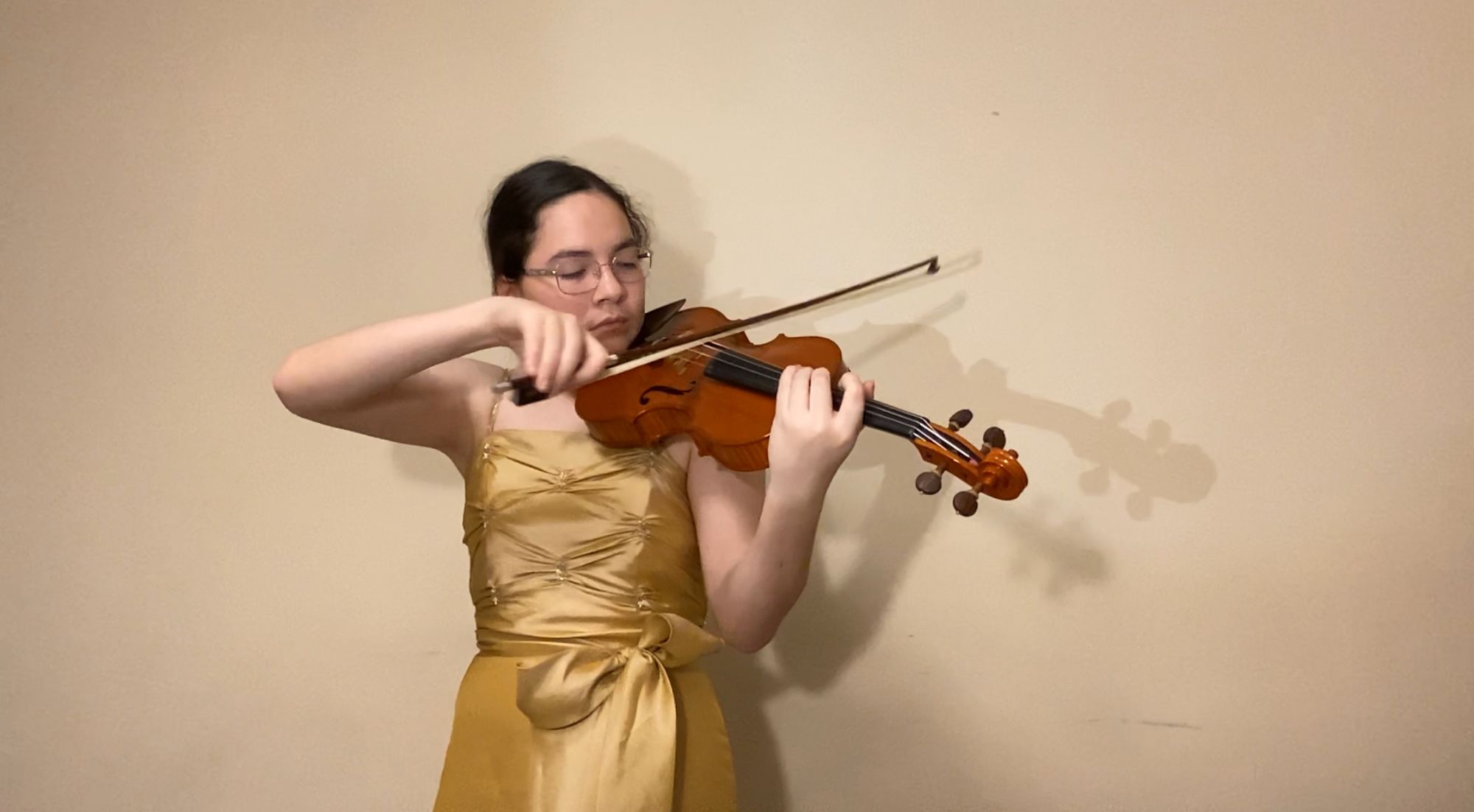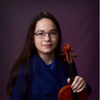Listening vs. playing music, what difference do you hear?
When you listen to music, it may be from two different angles: are you playing or are you listening, are you performing or are you part of the audience?
When you listen to music, it may be from two different angles: are you playing or are you listening, are you performing or are you part of the audience? I’ve traveled to many concert halls in the past and have had the chance to play in some of them, and I’ve noticed that the music may sound drastically different right next to my ear while I’m playing than it does when seated in the audience. This experience varies from place to place and from person to person, but I would like to explore the two different perspectives: how do we perceive and analyze music differently?
When you listen to a piece for the first time, you can enjoy it in a fresh and natural way. But a deeper exploration can lead you to many interpretations of a piece. Most recordings nowadays are easy to access, with many different recordings of the same piece available through online platforms. And the more recordings you listen to, the more you develop a personal taste for specific interpretations or styles with which different musicians have approached the same piece.
As a member of the audience, we hear the entirety of the ensemble, whether the entire orchestra, a choir, a band, or a chamber ensemble. Each part comes together to create a bigger picture than just the sound of your own instrument when you play. Experiencing classical music when watching live performances or video recordings encompasses more than just the sound: we notice the visual cues between different sections and musicians, players taking cues from a conductor, the concertmaster setting cues for the orchestra, chamber musicians sharing eye contact, soloists making wide motions and big facial expressions. These cues often help us understand the piece better by making the interpretation of the piece visually perceptible.

When watching live performances or taking in video or audio recordings, many factors may shape your experience of the classical music. In recordings, details such as the distance between the microphones, placement or quality of other recording equipment, and the arrangement of the musicians can make a big difference. In a concert hall, often a large space separates the musicians from the audience. There are so many factors that shape these different experiences: the weather, the acoustics of the hall in which the performer is playing, the recording studio or set-up. Understanding that there are many environmental factors that may be shaping the ultimate sound is key to understanding the music we perceive.
Taking a deeper approach to music can lead one to prefer a specific approach to a piece or a specific performer’s playing style. This is especially true if you are a musician yourself; as musicians, we often prefer those who reflect how we feel about the piece, shaped sometimes by our own playing style.
When a listener is first introduced to complex works, it might be hard to catch on to the many things to be found in the music, but as our experience grows and we listen more, our understanding of the interplay between the different elements in a musical performance grows. The more we know, the more we develop our own personal tastes. However, knowledge can also be a double-edged sword: we can become too analytical, making the simple and pure experience of listening to performances sometimes less enjoyable.
However, as musicians, when we perform, we hear the music right by our ears, which gives us a different perspective of a piece. Listening to it up close, with an instrument in hand, gives us a more intimate experience than that of the audience member. But this is a distorted reality of what the piece sounds like. This distorted perception can make it difficult to learn to project the feeling you want to convey to the audience. It is a wholly different way of listening to music.

Transferring what you hear when listening from afar — perhaps in the audience — to a closer range on your instrument, is easier said than done. A musician must develop the ability to listen to their playing as if they are part of the audience. Losing perspective of the grand picture when always listening from a close range is a very common problem, and can be very common when practicing. When playing a piece of classical music, many factors come into play, including intonation, rhythm, and technique. We fret over the tiny details and lose sight of the bigger picture. It takes time to develop these skills. As we try to get better at anything we play, it’s common that we go through a piece hundreds of times. The music may start to sound robotic if we practice the same parts again and again. As we listen to ourselves practicing, it can start to sound stale, and it can be a challenge to make it feel fresh again.
When we perform, we have to analyze music through the awareness that what we hear does not necessarily translate to what the audience hears. And as we practice at home and explore various ways to play and interpret a piece, we need to be able to think creatively to make it fit on a bigger stage.
Skill and experience can also affect the listening experience of the musician. An amateur who is less versed in intonation, rhythm, and other technical aspects can have an enjoyable experience listening to the piece they are playing, so long as the end result is close to what it’s supposed to sound like. A professional musician, by contrast, may listen for specific details, which could lead to dissatisfaction when minor mistakes are heard.

In the end, whether one listens as part of the audience or is performing, everyone has a different background that influences how a piece of music is experienced. What one person interprets as longing could be interpreted as dreamy to you. The environments in which people live, what they are exposed to daily, and whether they are musicians or not all contribute to diverse listening experiences. Yet in the end, we always strive to hear the full “story” of the music and accept that there are boundless, unique, ways everyone can experience, analyze, and most of all, enjoy listening to any musical work.
